Home>Home Appliances>Home Automation Appliances>What Does The “Hold” Setting On A Thermostat Do
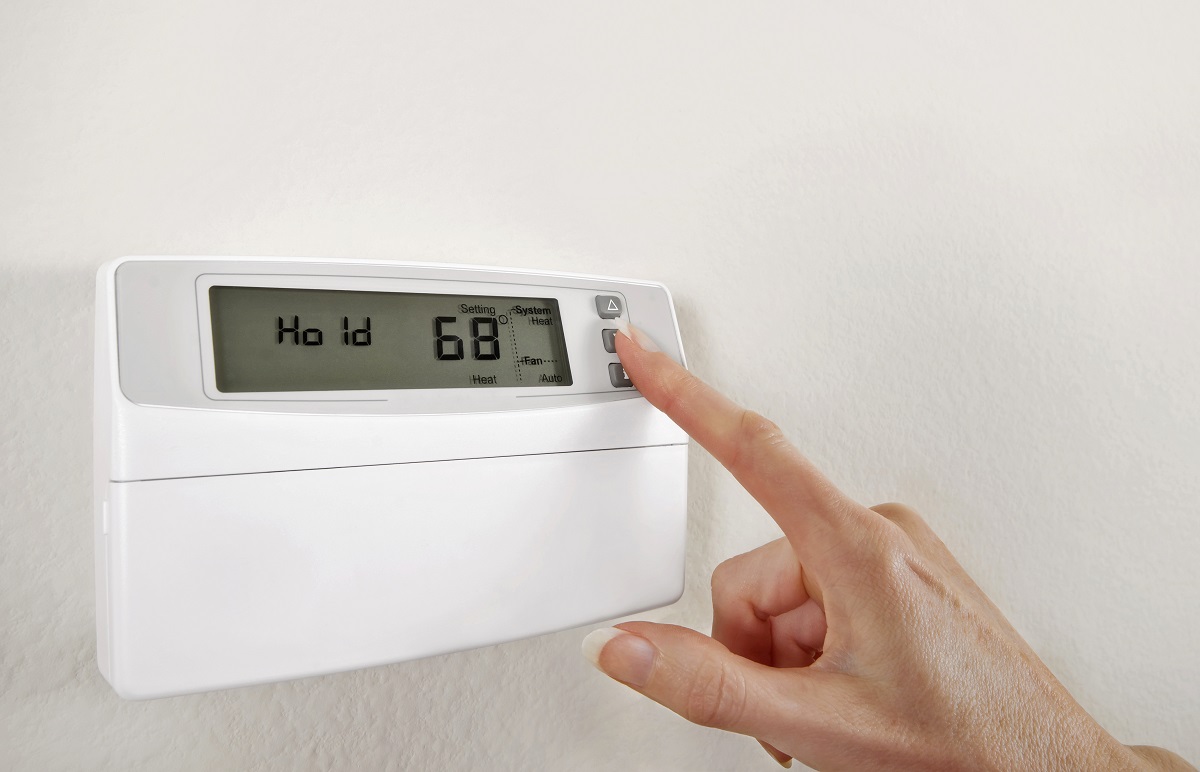

Home Automation Appliances
What Does The “Hold” Setting On A Thermostat Do
Modified: January 4, 2024
Discover the purpose of the "Hold" setting on a thermostat and its impact on home automation appliances. Learn how to optimize your home's temperature control efficiently.
(Many of the links in this article redirect to a specific reviewed product. Your purchase of these products through affiliate links helps to generate commission for Storables.com, at no extra cost. Learn more)
Introduction
The "Hold" setting on a thermostat is a feature that allows users to override the programmed temperature settings for a specific period. This function can be incredibly useful for maintaining a consistent and comfortable indoor environment. Understanding how the "Hold" setting works, its benefits, and potential drawbacks is essential for homeowners looking to optimize their HVAC systems.
In this article, we will delve into the intricacies of the "Hold" setting, exploring its functionality and the impact it can have on energy consumption and overall comfort. By gaining a comprehensive understanding of this feature, homeowners can make informed decisions about when and how to utilize the "Hold" setting effectively.
Let's embark on a journey to unravel the mysteries of the "Hold" setting and discover its potential to enhance the functionality of thermostats in modern homes.
Key Takeaways:
- The “Hold” setting on a thermostat allows users to manually set a consistent temperature, providing immediate comfort adjustments and tailored indoor climate without the constraints of programmed schedules.
- Homeowners can optimize comfort and energy usage by strategically utilizing the “Hold” setting, making temporary adjustments, leveraging smart thermostat features, and integrating manual overrides with programmed schedules.
Read more: What Does The Thermostat Housing Do
Understanding the “Hold” Setting
Before delving into the specifics of how the “Hold” setting operates, it’s crucial to grasp the fundamental purpose of this feature. In essence, the “Hold” setting allows users to manually set a consistent temperature on their thermostat for an extended period, overriding the programmed schedule. This means that instead of adhering to the pre-programmed temperature adjustments for different times of the day, the thermostat maintains a constant temperature as specified by the user.
By comprehending the function of the “Hold” setting, homeowners can gain greater control over their indoor climate, especially during periods when the programmed schedule may not align with their preferences. Whether it’s a particularly hot day that demands a lower temperature or a chilly evening that necessitates a warmer setting, the “Hold” feature empowers users to tailor their environment to their liking.
It’s important to note that the “Hold” setting varies across different thermostat models. Some thermostats offer temporary holds, reverting to the programmed schedule after a specified period, while others provide indefinite holds until manually adjusted. Understanding the specific capabilities of your thermostat is crucial for leveraging the “Hold” setting optimally.
Now that we’ve established the basic concept behind the “Hold” setting, let’s explore the mechanics of how this feature operates within a thermostat’s functionality.
How the “Hold” Setting Works
The “Hold” setting operates as a manual override for the programmed temperature settings on a thermostat. When activated, this feature maintains a constant temperature in the home, disregarding the usual schedule. This functionality is particularly beneficial when immediate adjustments to the indoor climate are desired, providing a convenient way to ensure comfort without the need to reprogram the thermostat’s schedule.
Most thermostats offer two primary types of “Hold” settings: temporary and permanent. Temporary holds allow users to override the programmed schedule for a specified duration, after which the thermostat reverts to its regular programming. This can be advantageous for short-term deviations from the standard temperature settings, such as adjusting the temperature for a few hours to accommodate a specific event or activity.
On the other hand, permanent holds maintain the set temperature indefinitely until manually adjusted or until the next scheduled programming period begins. This type of “Hold” setting is useful for more prolonged deviations from the regular schedule, such as during vacations or extended periods of time when consistent temperature adjustments are preferred.
Additionally, some advanced thermostats offer adaptive “Hold” features that learn from user behavior and automatically adjust the temperature based on patterns and preferences. These smart thermostats can provide a seamless and personalized experience, optimizing energy efficiency while ensuring comfort.
Understanding the nuances of the “Hold” setting’s functionality empowers homeowners to make informed decisions about when to utilize this feature effectively. By leveraging the manual override capabilities of the “Hold” setting, users can maintain a comfortable indoor environment tailored to their specific needs and preferences.
Benefits and Drawbacks of Using the “Hold” Setting
The “Hold” setting on thermostats offers several benefits that contribute to enhanced comfort, convenience, and energy efficiency in a home. However, it’s essential to consider potential drawbacks to ensure that this feature is utilized judiciously. Understanding both the advantages and limitations of the “Hold” setting is crucial for homeowners seeking to optimize their HVAC systems effectively.
Benefits
- Customized Comfort: The “Hold” setting allows users to tailor the indoor temperature to their specific preferences, ensuring a consistently comfortable environment without the constraints of programmed schedules.
- Adaptability: This feature accommodates immediate adjustments to the thermostat, making it ideal for addressing sudden changes in weather or accommodating special events or activities that require specific temperature settings.
- Energy Efficiency: When used thoughtfully, the “Hold” setting can contribute to energy savings by allowing users to make manual adjustments based on occupancy patterns and comfort requirements, avoiding unnecessary heating or cooling when the home is unoccupied.
- Convenience: The ability to override the programmed schedule with a simple manual adjustment provides a convenient way to ensure comfort without the need for reprogramming the thermostat.
Read more: How To Set The Nest Thermostat To Hold
Drawbacks
- Potential Energy Waste: If the “Hold” setting is used excessively or left activated for extended periods when not needed, it can lead to energy waste and increased utility costs, especially if the thermostat maintains an extreme temperature setting in the absence of occupants.
- Overriding Energy-Saving Features: Continuous use of the “Hold” setting may override energy-saving features integrated into programmable thermostats, negating the potential benefits of scheduled temperature adjustments based on occupancy patterns.
- Forgetting to Reset: Users may forget to reset the thermostat after using the “Hold” setting, leading to prolonged deviations from the programmed schedule and potential energy inefficiency.
By weighing the advantages and disadvantages of the “Hold” setting, homeowners can make informed decisions about when to utilize this feature to optimize comfort and energy usage effectively.
Tips for Using the “Hold” Setting Effectively
Optimizing the “Hold” setting on a thermostat involves strategic use and thoughtful considerations to maximize comfort and energy efficiency. By implementing the following tips, homeowners can harness the full potential of this feature while mitigating potential drawbacks:
1. Strategic Utilization:
Use the “Hold” setting selectively, reserving it for situations that necessitate immediate adjustments to the indoor temperature. Avoid prolonged or unnecessary overrides of the programmed schedule to prevent energy waste.
2. Temporary Adjustments:
When making short-term temperature adjustments, opt for temporary “Hold” settings to ensure that the thermostat reverts to its regular programming after the specified duration, preventing prolonged deviations from the schedule.
3. Smart Thermostat Features:
If utilizing a smart thermostat with adaptive capabilities, take advantage of its learning algorithms to automate temperature adjustments based on occupancy patterns, optimizing both comfort and energy efficiency without constant manual overrides.
4. Vacation Mode:
During extended absences from home, engage the “Hold” setting for a permanent adjustment to conserve energy while maintaining essential climate control. Many thermostats offer specific vacation modes to streamline this process.
5. Regular Monitoring:
Periodically review and adjust the “Hold” setting to align with changing weather conditions, occupancy patterns, and seasonal temperature preferences, ensuring that the thermostat’s manual overrides remain relevant and effective.
6. Energy-Saving Considerations:
When using the “Hold” setting, consider the impact on energy consumption and strive to maintain a balance between comfort and efficiency. Avoid extreme temperature settings that may lead to unnecessary energy usage.
Read more: How To Hold Wine Glasses
7. Integration with Schedules:
Integrate the “Hold” setting with the thermostat’s programmed schedules, utilizing manual overrides as complementary adjustments rather than complete replacements for the regular programming, ensuring a harmonious balance between manual and automated temperature control.
By implementing these tips, homeowners can harness the flexibility of the “Hold” setting while optimizing energy usage and maintaining a comfortable indoor environment tailored to their preferences and lifestyle.
Conclusion
The “Hold” setting on thermostats serves as a versatile tool for homeowners seeking to maintain a comfortable indoor environment while optimizing energy usage. By understanding the functionality, benefits, and potential drawbacks of this feature, individuals can make informed decisions about when and how to leverage the “Hold” setting effectively.
From providing immediate adjustments to accommodating special events or activities, the “Hold” setting empowers users to tailor their indoor climate to their specific preferences without the constraints of programmed schedules. This flexibility, however, must be balanced with considerations for energy efficiency and strategic utilization to prevent unnecessary waste.
By implementing strategic tips for using the “Hold” setting effectively, homeowners can optimize comfort and energy usage, ensuring that manual overrides complement the thermostat’s programmed schedules while adapting to changing occupancy patterns and seasonal temperature preferences.
As technology continues to advance, smart thermostats with adaptive capabilities further enhance the seamless integration of the “Hold” setting, learning from user behavior and automating temperature adjustments to provide personalized comfort and energy efficiency.
In essence, the “Hold” setting represents a valuable asset in the realm of home climate control, offering a balance between manual adjustments and automated programming. When utilized thoughtfully, this feature contributes to a harmonious blend of comfort, convenience, and energy conservation, ultimately enhancing the overall functionality of modern thermostats in residential settings.
By embracing the potential of the “Hold” setting and leveraging it judiciously, homeowners can embark on a journey toward a more comfortable, energy-efficient, and personalized indoor climate, tailored to their unique preferences and lifestyle.
Frequently Asked Questions about What Does The "Hold" Setting On A Thermostat Do
Was this page helpful?
At Storables.com, we guarantee accurate and reliable information. Our content, validated by Expert Board Contributors, is crafted following stringent Editorial Policies. We're committed to providing you with well-researched, expert-backed insights for all your informational needs.

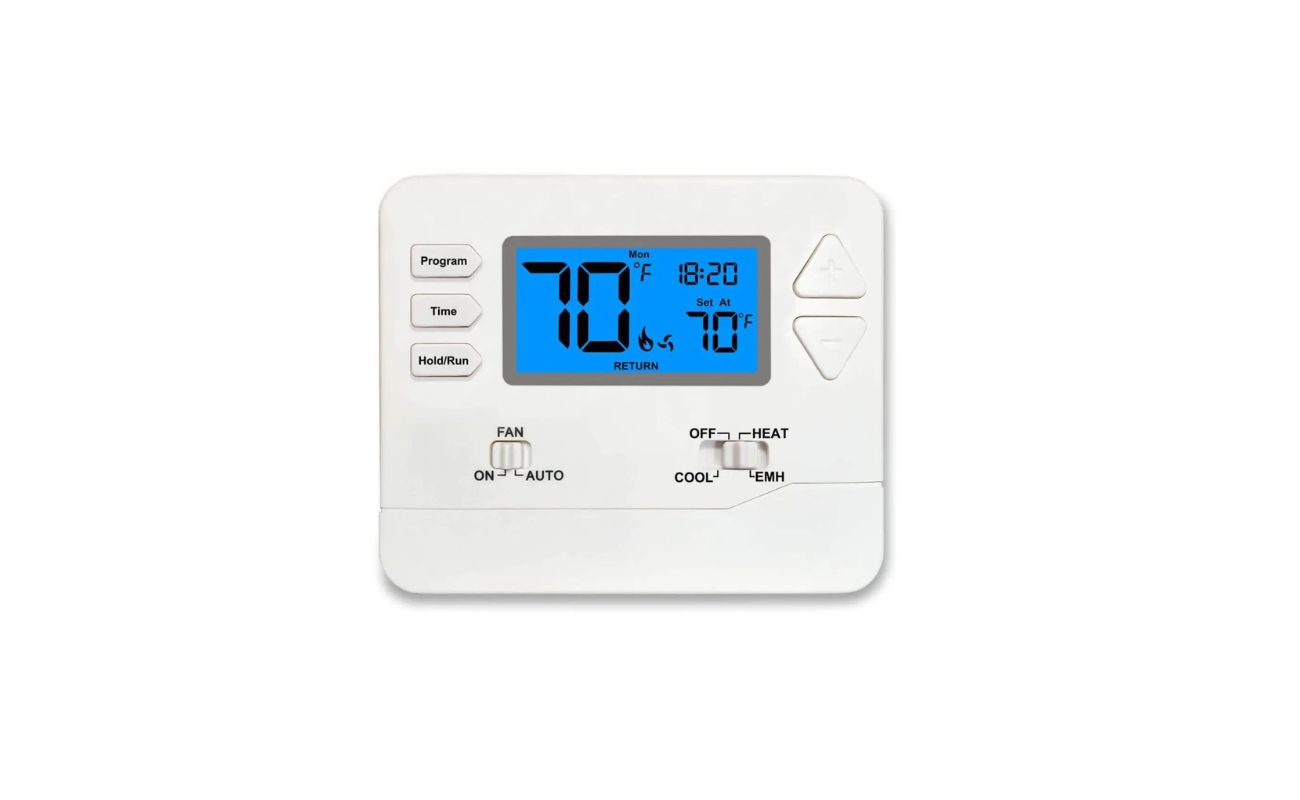

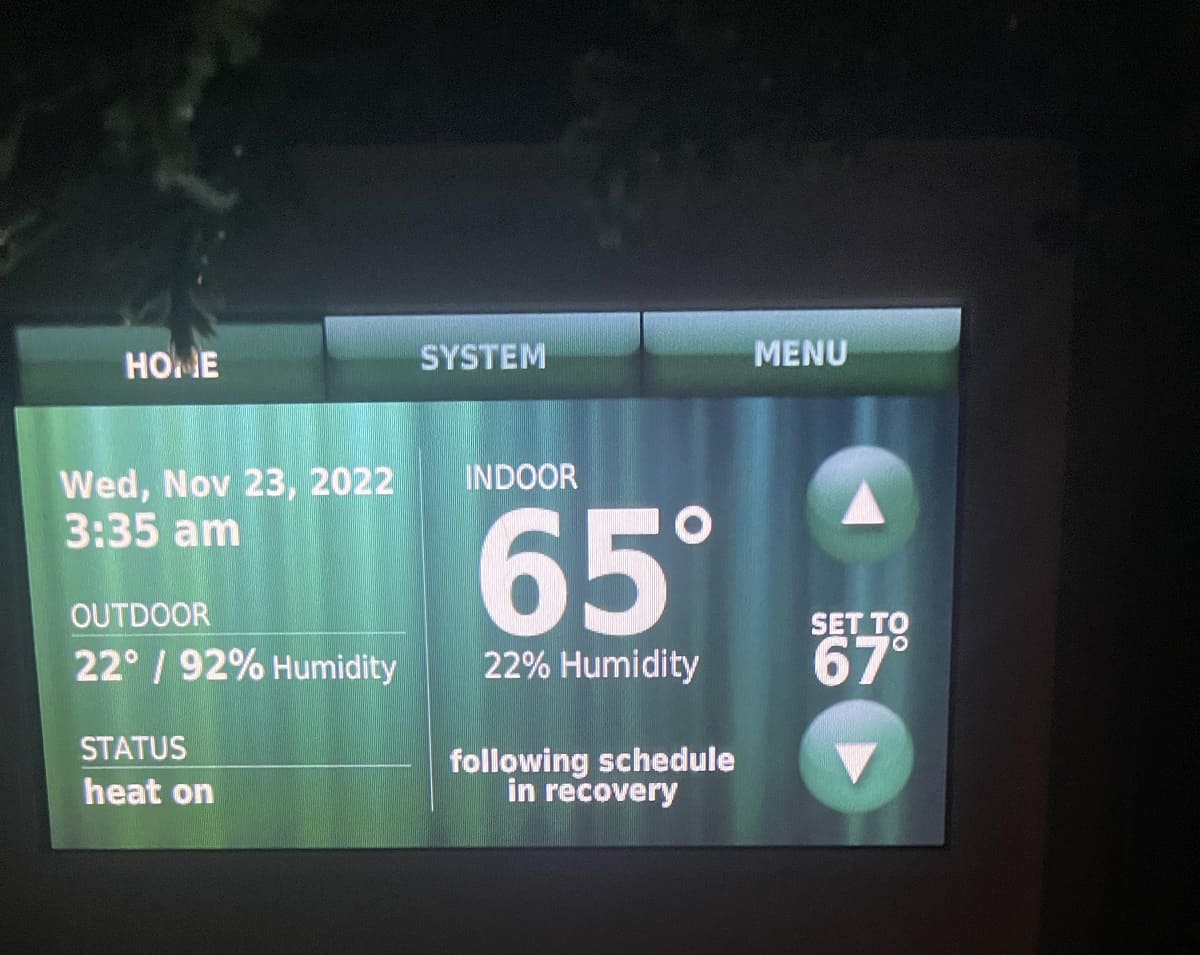
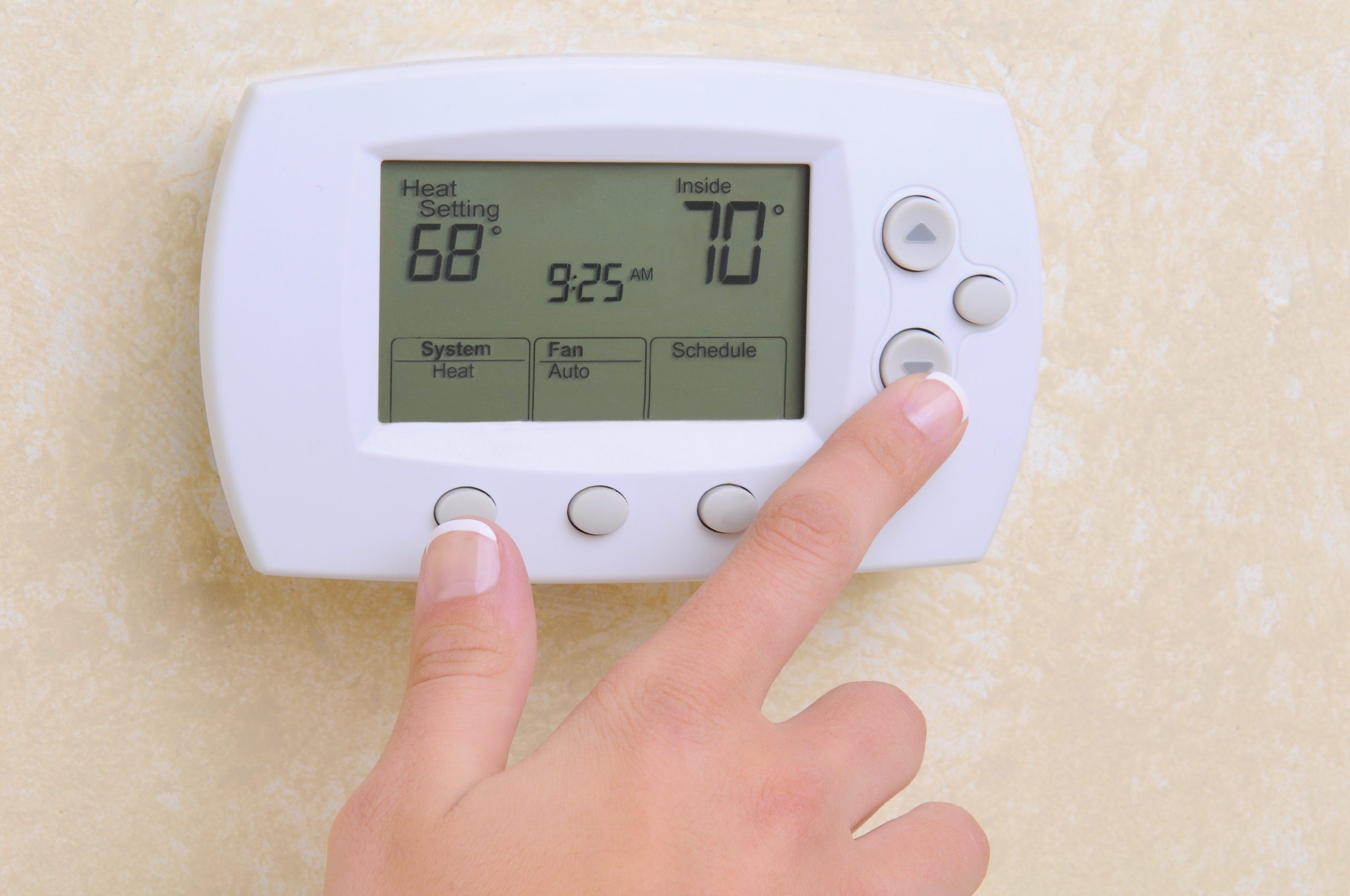
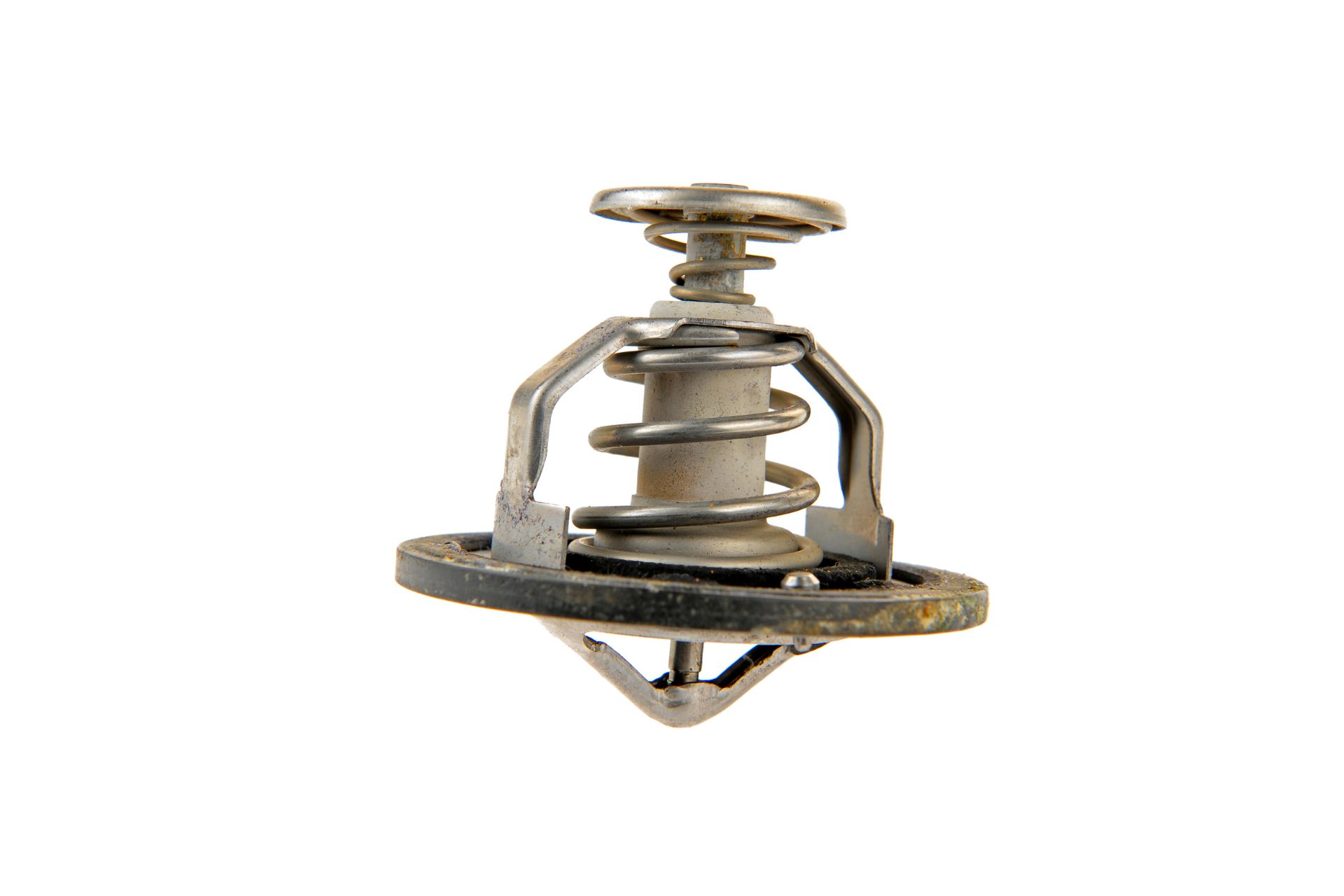
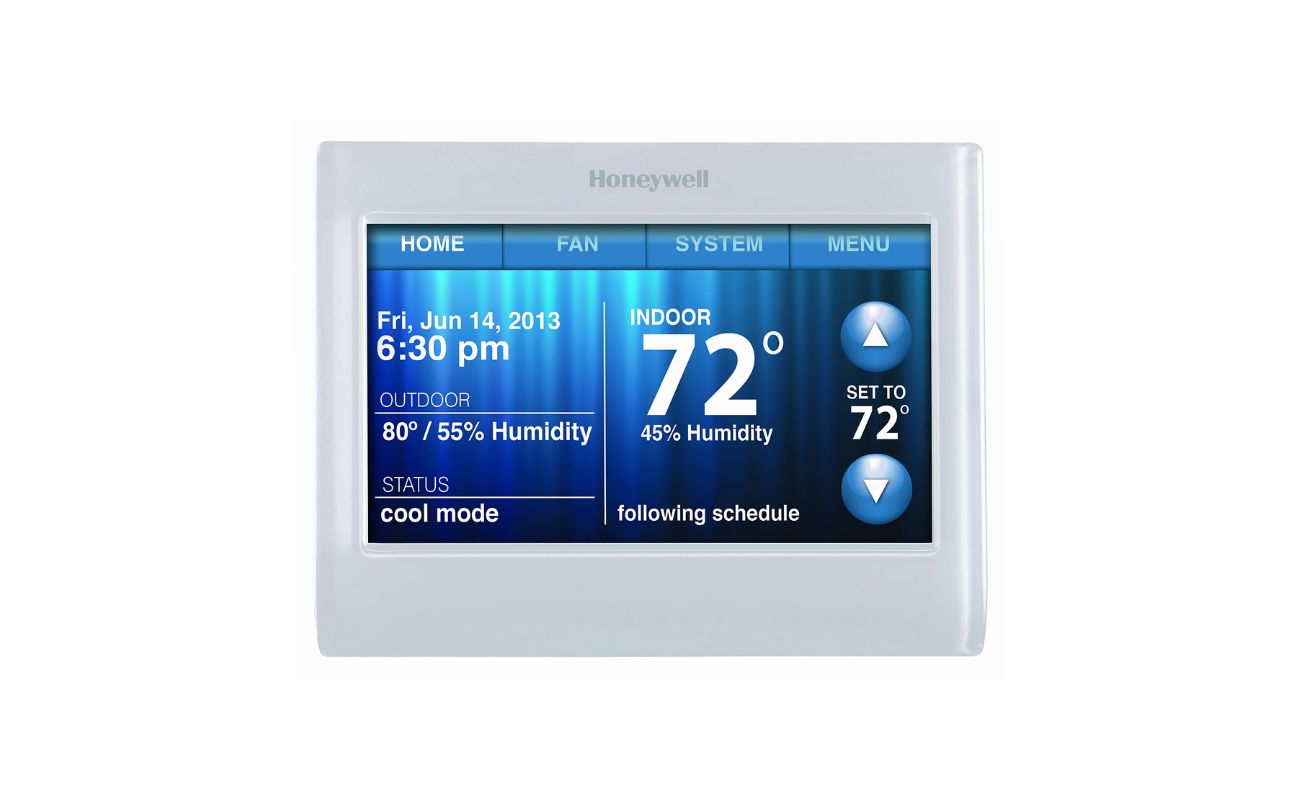
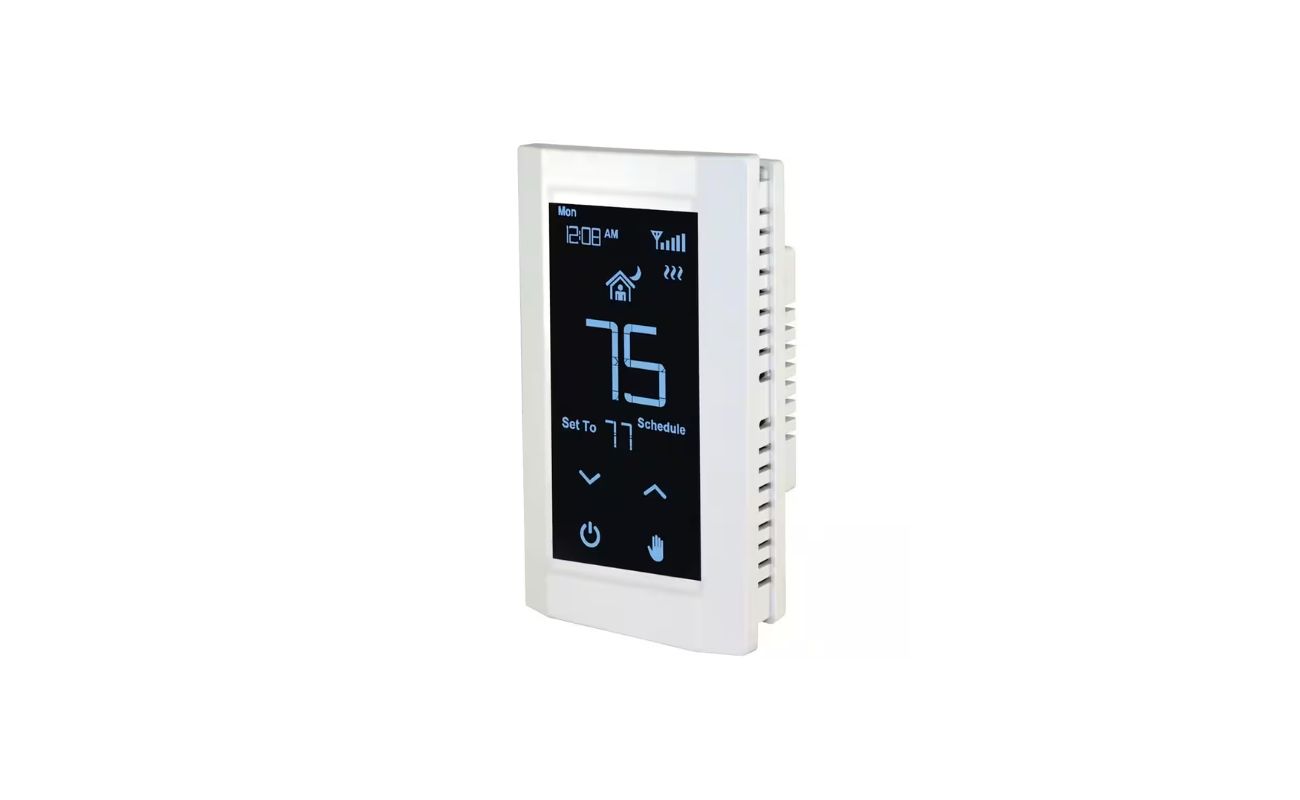





0 thoughts on “What Does The “Hold” Setting On A Thermostat Do”